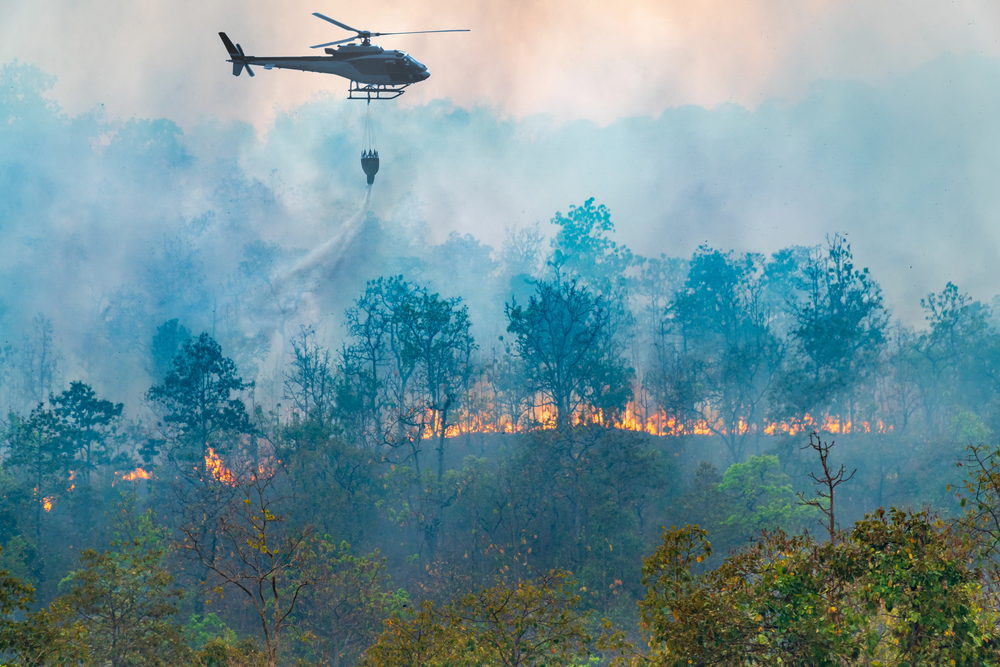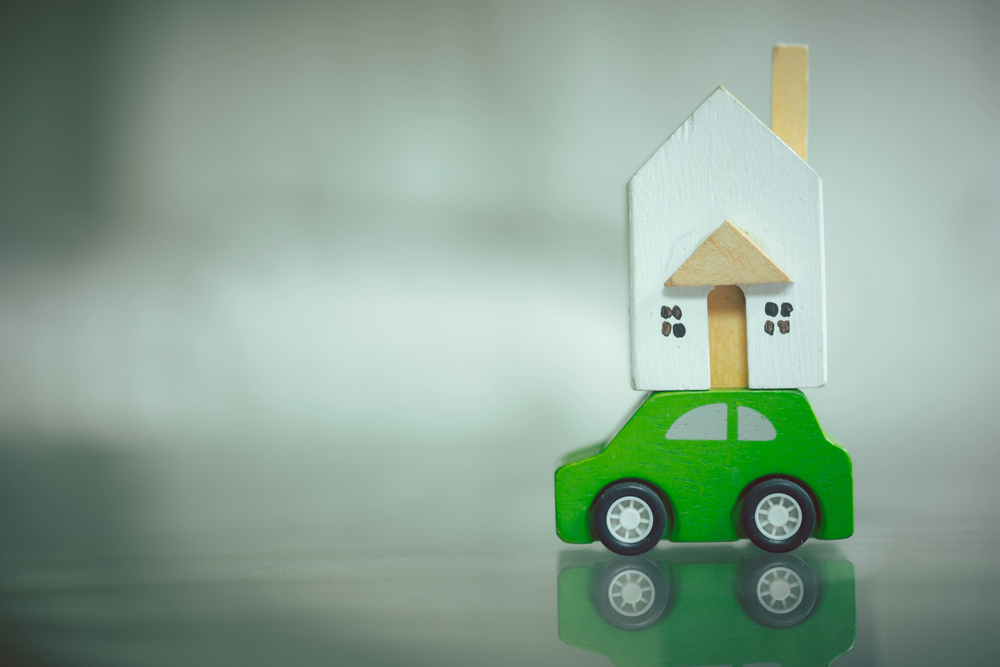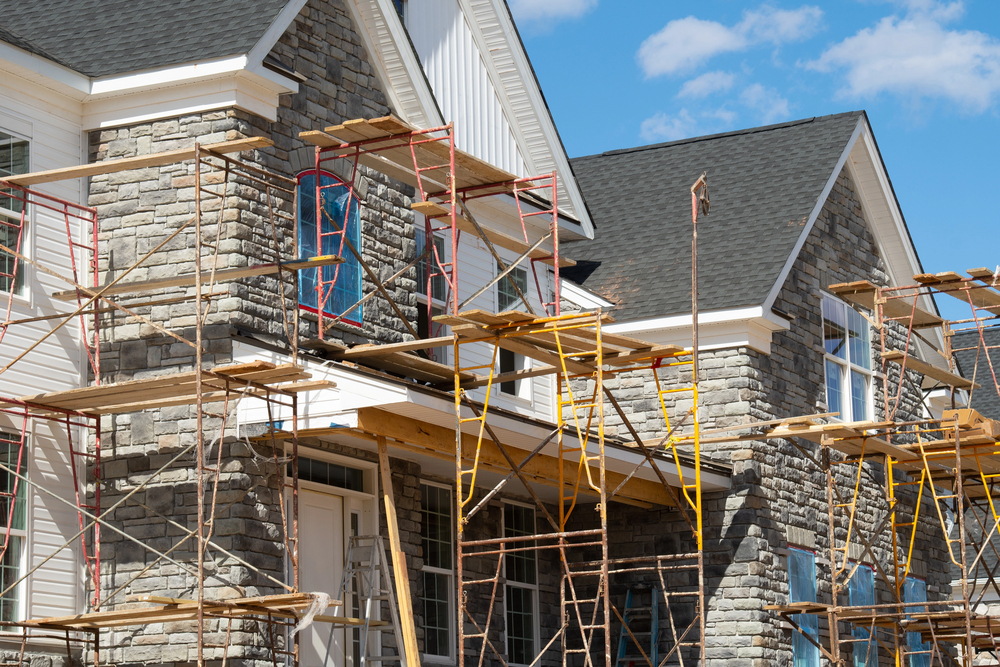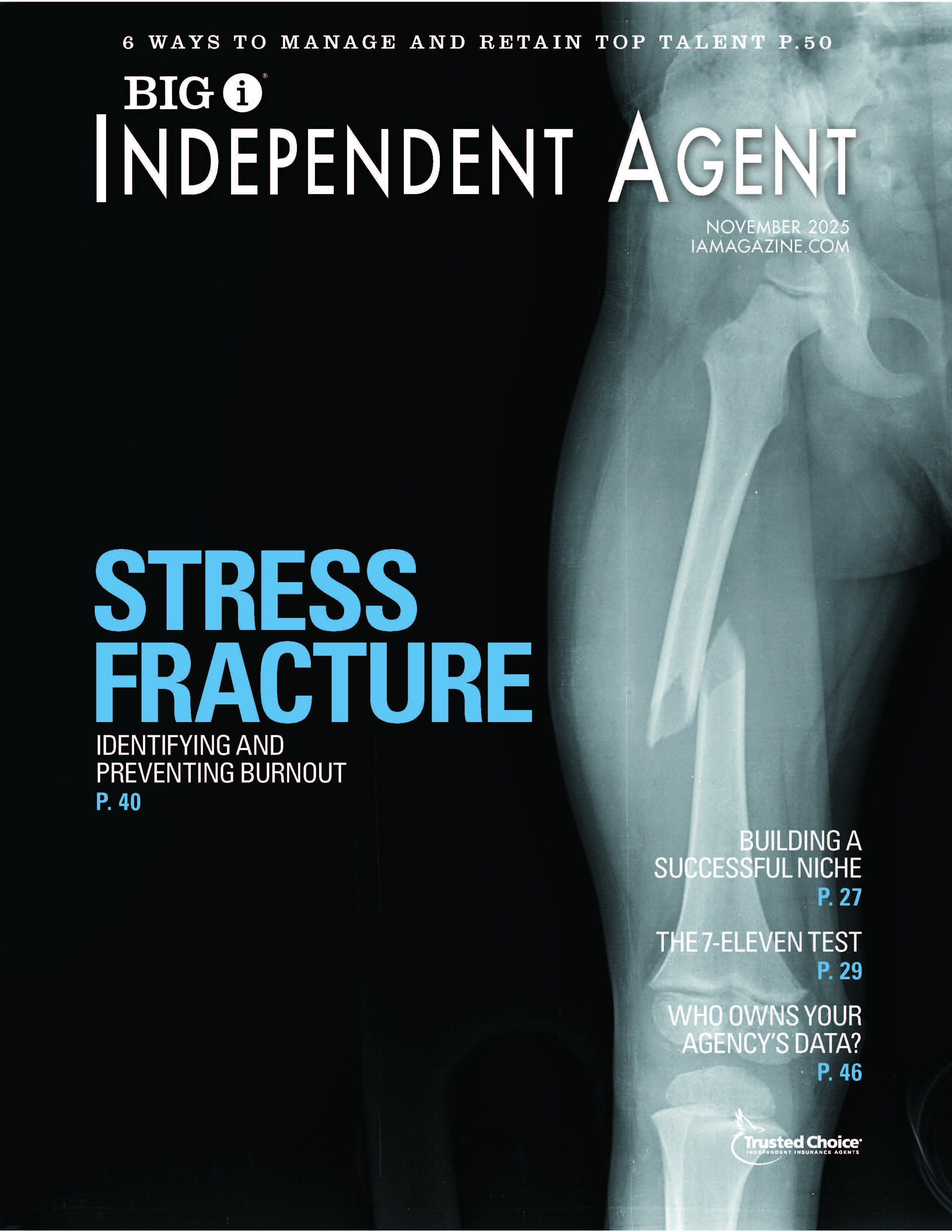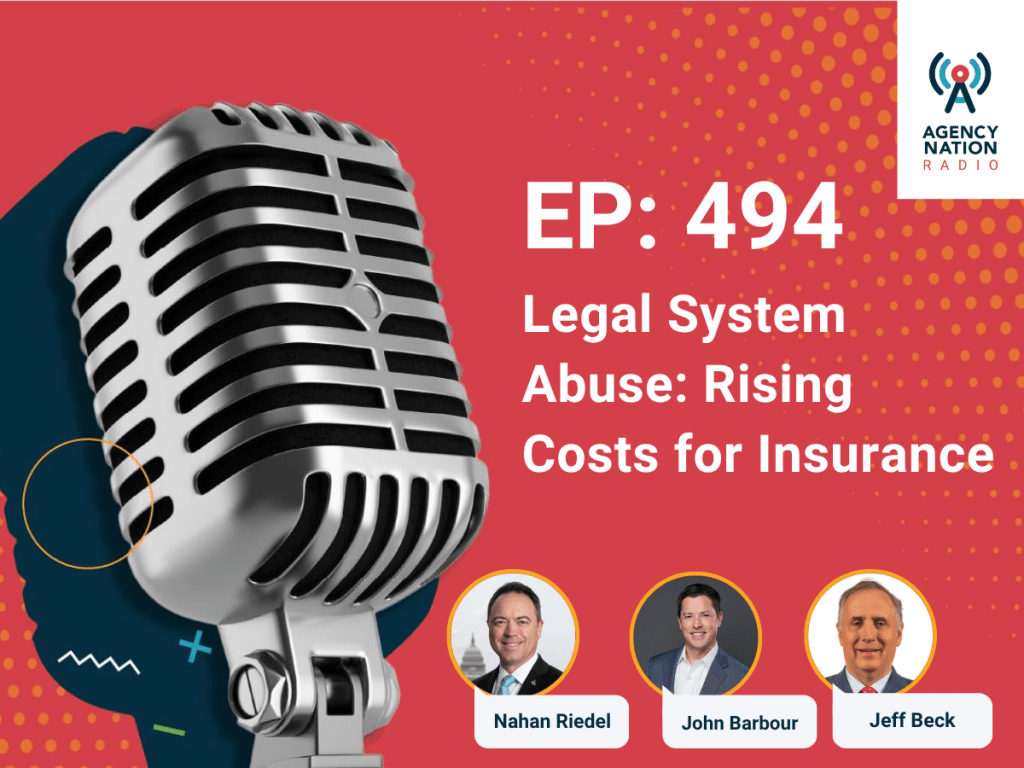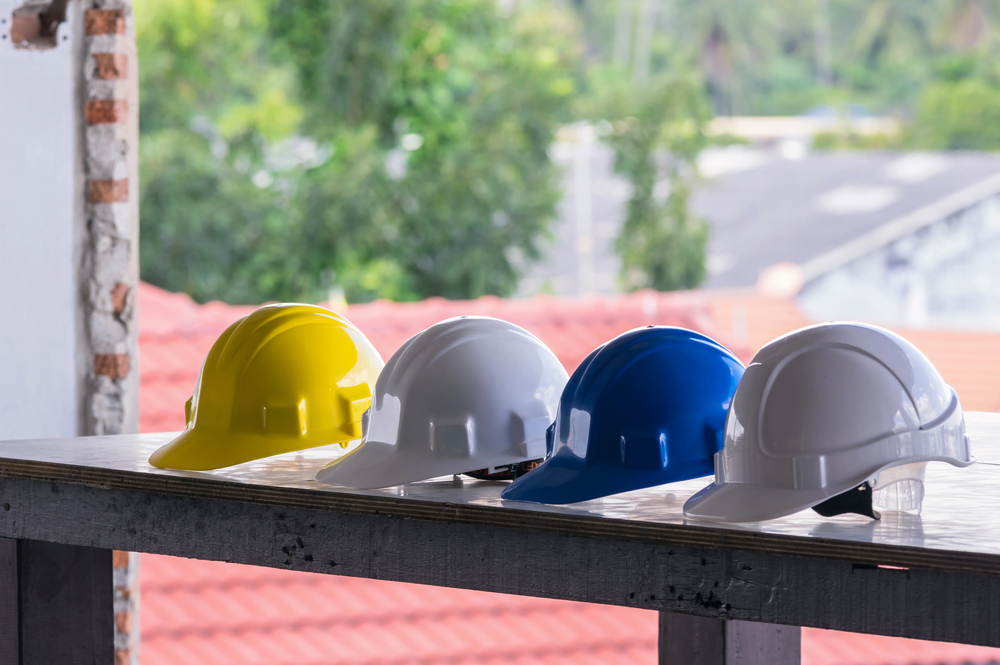Risk Mitigation Technologies Are Becoming Essential in the Homeowners Market

By Paul Vacquier
The rules of homeowners insurance are being rewritten. Rates continue to rise, market capacity in many regions is tightening and insureds—especially those in areas at high risk of catastrophes—are struggling to secure or retain coverage.
But among these challenges lies a promising opportunity: Insurance agents who embrace risk mitigation technologies can strengthen underwriting, deliver value to customers and differentiate their service.
By helping homeowners understand emerging technologies like automatic water shutoff valves, leak sensors and wildfire-hardening measures, agents can guide clients through complex decisions. They can assess each client’s unique risks and connect them with qualified contractors or technology providers to implement solutions.
Agents can also help clients take advantage of insurer discounts. Explaining how these measures influence underwriting and coverage also strengthens their position as trusted advisors who deliver real value. By doing so, agents differentiate themselves in a competitive and challenging market.
As insurers are increasingly rewarding homeowners for taking preventive measures, agents who proactively guide clients toward risk mitigation deepen trust and loyalty, driving long-term retention even in hard market conditions. Some carriers offer incentives for homeowners who complete wildfire mitigation projects. Incentives are also increasingly available for water detection systems and automatic shutoff valves, among other loss-prevention measures.
But these incentives are no longer just nice to have. They mark a turning point in the insurance industry where technology and mitigation are moving from optional add-ons to essential requirements for insurability. For insurers, these devices reduce the severity of claims, improve risk predictability and help stabilize rates. For homeowners, adopting them can mean the difference between keeping coverage or losing it in a tightening market.
The “2025 PRMA Private Client Insurance Insights Survey” reveals the growing urgency of the issue: 1 in 5 high-net worth homeowners struggle to secure insurance, rising to 30% in high-risk areas. Nearly two-thirds of high-net worth homeowners report paying higher premiums, often with reduced coverage or new exclusions. In this environment, long-term sustainability depends on risk mitigation.
To help clients stay protected and coverage-ready, agents can actively promote prevention by educating homeowners on wildfire-hardening and water security technologies and ensuring mitigation steps are documented, certified and recognized by insurers. By integrating these practices into client conversations, agents not only help secure coverage but also contribute to a more resilient and sustainable market.
More on Homeowners
Additionally, agents should build partnerships with contractors and technology providers to ease implementation. Agents can also advocate with carriers for transparent crediting of mitigation measures.
This moves an agent’s role from beyond just offering policies to protecting families, fortifying homes and supporting a resilient insurance market. The expertise and tools already exist to make this transition possible; the agents who step up to guide clients through this shift will define what leadership looks like in the next era.
Paul Vacquier is CEO of Beagle Services, a plumbing technology company that helps homeowners prevent costly water damage through technology deployment, smart valve installation and monitoring. He works closely with insurers, agents and homeowners to tackle one of the industry’s biggest loss drivers: non-weather water damage.
